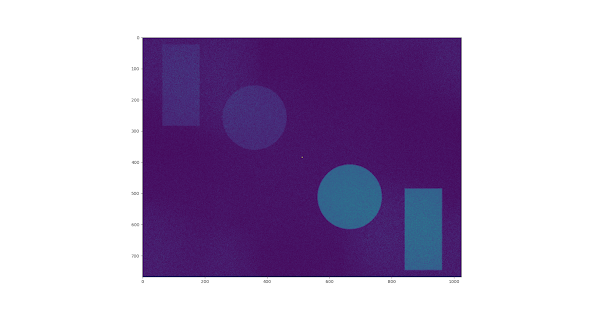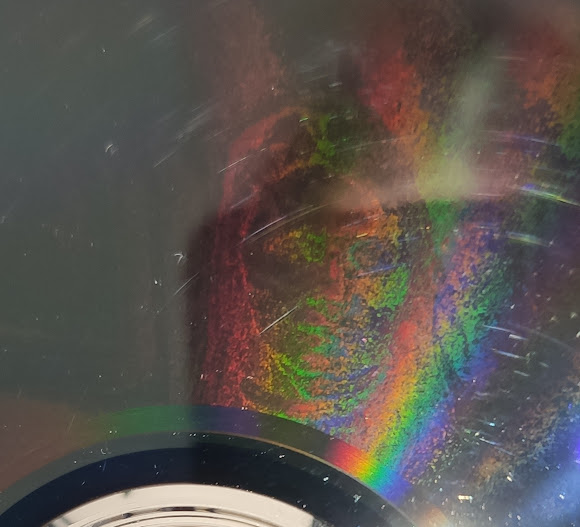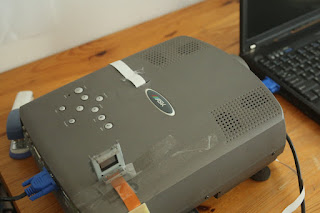CGH (computer generated hologram)
At the beginning, what does a simple CGH look like:

It's been a while since the last entry, nevertheless today I will present some work that I did one month ago. For the first time I tried to make my own calculation of a hologram. It was an easy approach, first a simple phase hologram, where you take only the phase of the light recorded on a real hologram. The results were not that good (I didn't take a photo of it, but there was not much to see). Then I started with a more complicated algorithm, but still very simple CGH (computer generated hologram) - IFTA (Iterative Fourier Transform Algorithm) also known as Gerchberg-Saxton algorithm. The results were somehow better but still some work has to be done. The input picture is shown in fig2 -a very simple image.
After feeding it to the program that I wrote in python I got three outputs, first how does the picture look after 200 iterations of the program. Since IFTA is an iteration algorithm with each iteration the output of the hologram should better remind the original picture (fig1). So after the 200 steps the output looks like that (fig3)
There is still a mirror image seen in the first quarter of the image which is an artifact (it is there because we simply operate only with the phase of light written on the hologram).
In figure 4 I displayed how with each step of the algorithm the output is getting closer to the original image.
Here on the x axis are the steps and on y axis are some kind of deviation from the original (less is better)
Ok. So how does the hologram look after displaying it on the SLM and shining with a laser on it? See first figure.
Ok. So how does the hologram look after displaying it on the SLM and shining with a laser on it? See first figure.
It is illuminated only with a small laser spot (1/100 of the SLM area) but still the image is visible (despite the “rotation” - mirror reflection).
The next step will be a better illumination of the SLM to cover the whole SLM area with the collimated laser, with that the results should be better.
The next step will be a better illumination of the SLM to cover the whole SLM area with the collimated laser, with that the results should be better.





Comments
Post a Comment